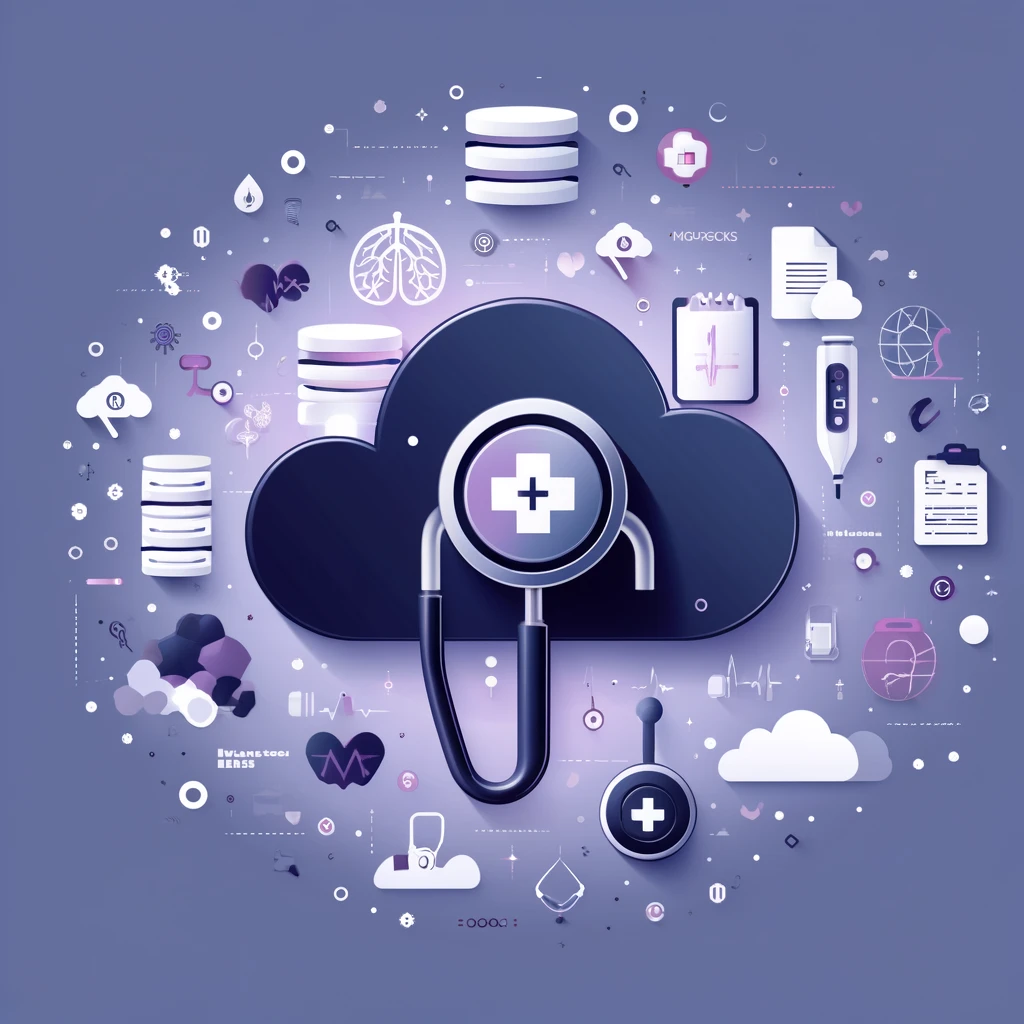Ensuring Integrity in Medical Data Migration

🏥 Introduction
Migrating data in the healthcare sector goes beyond technical aspects; it is a critical responsibility. It requires meticulous attention to ensure the integrity and security of extremely sensitive information. Here, I share the most important aspects to consider when performing data migrations in the healthcare sector.
📊 Understanding Data Sensitivity
Data in the healthcare sector is not only voluminous but also highly sensitive and critical. It includes medical histories, diagnoses, treatments, and other confidential information. Mishandling this data can have serious consequences for patients and medical institutions. HIPAA (Health Insurance Portability and Accountability Act) certification helps understand and ensure compliance with health data protection regulations.
🌐 Universal Principles
We can work on multiple data migration projects in the healthcare sector, each with its own challenges and complexities. Although they involve different systems and technologies, the principles of precision and security are universal.
🚧 Critical Challenges in Migration
Here are some key points to consider when facing this type of project.
🔄 System Compatibility
One of the main challenges is the difference in structures and data types between the source and target systems. Adapting schemas and ensuring data integrity requires rigorous attention to detail.
🔒 Data Integrity and Security
Maintaining data integrity and security during migration is crucial. Healthcare data must be accurate and protected from unauthorized access. Any failure could jeopardize patient privacy and security.
📦 Data Volume
The large amount of data to be migrated represents a challenge in terms of time and resources required. Completing the process without significant interruptions is vital to ensure the continuity of patient care.
🚀 Technical Strategies for a Successful Migration
In this section, we detail the essential steps we take before performing data migration to ensure its success.
| Preparation | Description |
|---|---|
| Data Validation | Before starting the migration, I conduct a thorough validation of the data to identify possible structural inconsistencies and correct potential errors. |
| Backup | I make complete backups of the data to ensure they can be restored in case of any problem. |
| Migration Testing | I implement a test environment to perform trial migrations, verify the accuracy and completeness of the data. |
| Contingency Plan | A detailed contingency plan is designed to manage any eventuality during the migration. It includes Recovery Procedures and a Rapid Response Team. |
🛠️ Key Technical Factors
In this section, the most important technical factors to consider for a successful data migration are presented. Each of these factors is essential to ensure the integrity, efficiency, and security of the migration process.
| Technical Factor | Description |
|---|---|
| Data Volume | In a data migration, it is essential to consider the volume of data to be migrated. If the migration involves thousands or millions of records, careful planning and estimation are necessary. It is good to divide it into manageable segments to facilitate the migration and minimize the risk of errors. |
| Execution Times | Performing the migration in stages allows better control of execution times and minimizes the impact on the service. |
| Performance | The performance of the system during and after the migration is crucial. Based on this, estimates will be made to indicate how long the data migration will take and how it may impact other systems. |
| Infrastructure | The capacity of the servers involved in the migration must be evaluated. This includes both the database servers and the servers where the migration software runs. The infrastructure must be designed to allow future scalability, facilitating the addition of more resources if necessary. |
| Monitoring | Continuous monitoring is essential to ensure a successful migration. Monitoring tools were implemented to track system performance, resource usage, and data integrity throughout the migration process. This supervision allows a quick response to any problem and ensures that the migration is successful. |
⚠️ Consequences
Here we mention some possible consequences in the case of mishandling sensitive user data and information.
📉 Disclosure of Health Information
One of the greatest risks when migrating healthcare data is the possible disclosure of sensitive information. It is essential to ensure that all data is protected during the migration to comply with legal regulations and avoid sanctions or legal issues. The implementation of encryption and controlled access to data is essential to prevent leaks.
🔄 Incorrect Data Synchronization
On many occasions, old and new systems must coexist, and a critical issue during migration is ensuring correct synchronization between them. Any discrepancy could lead to very detrimental errors for users, such as incorrect administration of medications and doses, invalid prescription management, among others. I implemented rigorous validation procedures to ensure that the data was accurately migrated and correctly synchronized between both systems.
🏁 Conclusion
Data migration in the healthcare sector is a challenging task that requires careful planning and meticulous execution. Through appropriate tools, validation strategies, a robust contingency plan, continuous monitoring, and rigorous testing, it is possible to ensure a successful and safe transition. If you are facing a similar project, I recommend following a structured and meticulous approach to ensure data integrity and security.
